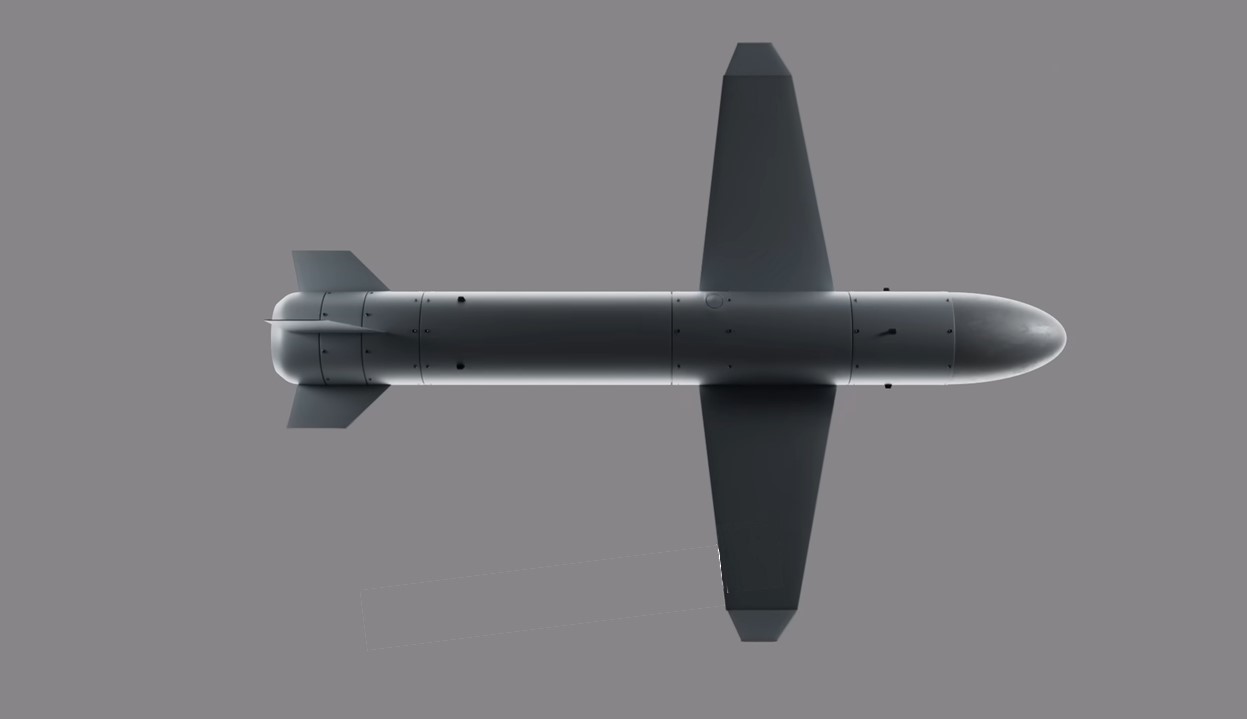Merz's Green Light: Ukraine's Potential Strikes Deep Into Russia

Table of Contents
The Strategic Implications of "Merz's Green Light"
"Merz's Green Light," signifying the approval of long-range weapons for Ukraine, carries profound strategic implications. The ability to strike deep within Russia significantly alters the battlefield dynamics and presents both opportunities and risks for Ukraine.
- Increased Ukrainian Reach: The extended range allows Ukraine to disrupt Russian logistics, targeting crucial supply lines, ammunition depots, and command centers far behind the front lines. This could significantly hamper Russia's ability to sustain its offensive operations.
- Targeting Critical Infrastructure: The potential to strike critical infrastructure within Russia, such as energy facilities or transportation hubs, could cripple Russia's war effort and exert significant pressure on the Russian economy and population.
- Escalation of the Conflict: However, such strikes inevitably increase the risk of escalation. Russia is likely to respond forcefully, potentially leading to a wider and more intense conflict, with unpredictable consequences.
- Impact on Negotiations: Deep strikes could complicate ongoing diplomatic efforts, potentially hardening Russia's stance and making negotiations more difficult. The increased risk of escalation could also discourage international mediation efforts.
- Shifting Battlefield Dynamics: The strategic impact on the battlefield could be substantial. By disrupting Russian operations and potentially weakening their resolve, Ukraine might be able to gain a decisive advantage in the ongoing counteroffensive.
Ukraine's Capabilities for Deep Strikes
Ukraine's capacity to conduct effective deep strikes hinges on several factors, including the availability and effectiveness of its long-range weapons systems, intelligence gathering capabilities, and logistical considerations.
- Weaponry Assessment: While HIMARS systems have already proven effective, the potential deployment of ATACMS missiles would significantly extend Ukraine's range and accuracy, allowing for more precise strikes on high-value targets.
- Targeting Strategies: Effective intelligence gathering and target selection are crucial for the success of deep strikes. Ukraine's ability to accurately identify and prioritize targets will determine the impact of these operations.
- Logistical Challenges: Conducting deep strikes presents significant logistical challenges. The transportation, maintenance, and resupply of long-range weapons systems will require careful planning and coordination.
- Effectiveness of Past Attacks: Previous Ukrainian long-range attacks, while limited in range, have demonstrated the potential to disrupt Russian operations. The effectiveness of these past attacks will serve as a benchmark for future operations.
- Limitations and Vulnerabilities: Despite its advancements, Ukraine's military capabilities are not without limitations. Air defenses, electronic warfare, and the potential for counter-attacks remain significant challenges.
Russia's Potential Response to Deep Strikes
Russia's response to Ukrainian deep strikes is likely to be swift and forceful. The Kremlin will have various options at its disposal, ranging from retaliatory military actions to diplomatic maneuvering.
- Military Countermeasures: Russia possesses extensive air defenses and electronic warfare capabilities to counter long-range attacks. It might deploy additional assets to protect critical infrastructure and military installations.
- Retaliatory Strikes: A likely response involves increased attacks on Ukrainian infrastructure, potentially targeting power grids, communication networks, and civilian areas. This could exacerbate the humanitarian crisis in Ukraine.
- Geopolitical Consequences: The risk of wider geopolitical consequences is significant. If the conflict escalates significantly, it could draw in NATO allies, drastically altering the global geopolitical landscape.
- Nuclear Threat: While the likelihood of nuclear escalation remains low, it's a critical factor to consider. The risk of unintended escalation cannot be entirely discounted.
- Diplomatic Responses: Russia might seek to garner international support for its position, potentially through diplomatic channels or by amplifying disinformation campaigns.
The Impact on Civilian Populations
The potential for civilian casualties is a significant concern. Deep strikes, even when precisely targeted, carry inherent risks to civilian populations in both Ukraine and Russia.
- Civilian Casualties: The potential for civilian casualties in both countries is a pressing humanitarian concern. Any escalation in the conflict increases the risk of harm to non-combatants.
- Legal and Ethical Implications: The use of long-range weapons raises complex legal and ethical questions, particularly concerning the principles of proportionality and distinction in warfare. Allegations of war crimes could arise from such attacks.
- International Humanitarian Law: International humanitarian law strictly regulates the conduct of warfare, emphasizing the protection of civilian populations. Deep strikes must adhere to these regulations to avoid further legal and ethical complexities.
- Increased Refugee Flows: A significant escalation could trigger increased refugee flows, placing additional strain on neighboring countries and international humanitarian organizations.
Conclusion
The authorization of long-range weapons for Ukraine, symbolized by "Merz's Green Light," introduces significant new dynamics to the conflict. Ukraine gains the potential for deep strikes, disrupting Russian operations and possibly influencing the battlefield. However, this action carries significant risks of escalation, requiring careful consideration of potential responses from Russia and the international community. The consequences for civilian populations also demand attention. Understanding the implications of "Merz's Green Light" is crucial for comprehending the future trajectory of the war in Ukraine. Further analysis is needed to assess the effectiveness of Ukrainian deep strikes and the potential for de-escalation. Continue to follow developments related to Merz's Green Light and Ukraine's potential strikes on Russia to stay informed about this critical juncture in the conflict.

Featured Posts
-
 Bianca Censoris Nearly Nude Outfits A Recent Look
May 28, 2025
Bianca Censoris Nearly Nude Outfits A Recent Look
May 28, 2025 -
 Sacramento Kings Vs Indiana Pacers Updated Injury Report For Tonights Game
May 28, 2025
Sacramento Kings Vs Indiana Pacers Updated Injury Report For Tonights Game
May 28, 2025 -
 Hamburg Joins Sinners Post Ban Tennis Schedule
May 28, 2025
Hamburg Joins Sinners Post Ban Tennis Schedule
May 28, 2025 -
 Bon Plan Samsung Galaxy S25 256 Go 5 Etoiles A 862 42 E
May 28, 2025
Bon Plan Samsung Galaxy S25 256 Go 5 Etoiles A 862 42 E
May 28, 2025 -
 Arsenal Transfer News Strikers Liverpool Interest Confirmed
May 28, 2025
Arsenal Transfer News Strikers Liverpool Interest Confirmed
May 28, 2025
